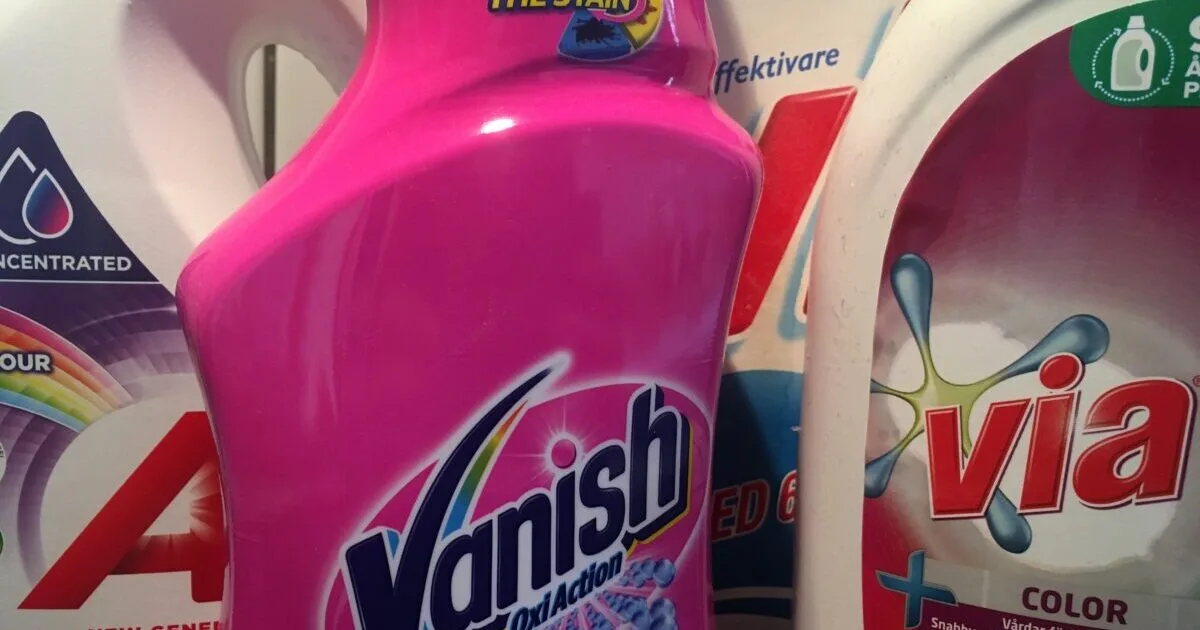Getting clothes dirty is simple and quite uncomplicated. Doing the laundry may be boring but is still a no brainer. Analyzing and developing detergents on the other hand, can be both complex and complicated.
With a major developer of additives to laundry detergents we analyzed the effect of different builders on washing. All experiments were done by the client’s RnD personnel before coming to us. They came because, in their eyes, their results didn’t make sense.
The problem was: How should the complex system of cloth, dirt, detergent and builder be studied, really?
Textiles can be hydrophilic or hydrophobic. Dirt can be protein rich blood or oily fat. Detergents can be ionic, non-ionic and zwitter ionic. A cleaned surface can be the subject of re-deposition and even dirtier after laundry. These systems are complex already from the beginning; with builders possibly modifying the surfaces of both textiles and solubilised drops of dirt the system is not less complicated.
Our contribution
First, we took a good look at the techniques used by the company. We needed to make sure that the results we were about to analyze were reliable. Already here we noted a possible problem. One method used to study the cleaned surface, reflectivity, could be interfered by strong absorption from heme groups present in blood. Thereafter we used our expertise in surface- and colloid chemistry and looked upon the different systems based on fundamental knowledge.
The result
In addition to suggestions on how to make a study of how additives effect cleaning better and more transparent, we explained the results they already had and made them possible to use and base decisions on. Since our contribution added something new to this department we included an oral presentation of the results in our report. Our client took the opportunity to ask and learn not only about their results but also about surface- and colloid chemistry in general.


